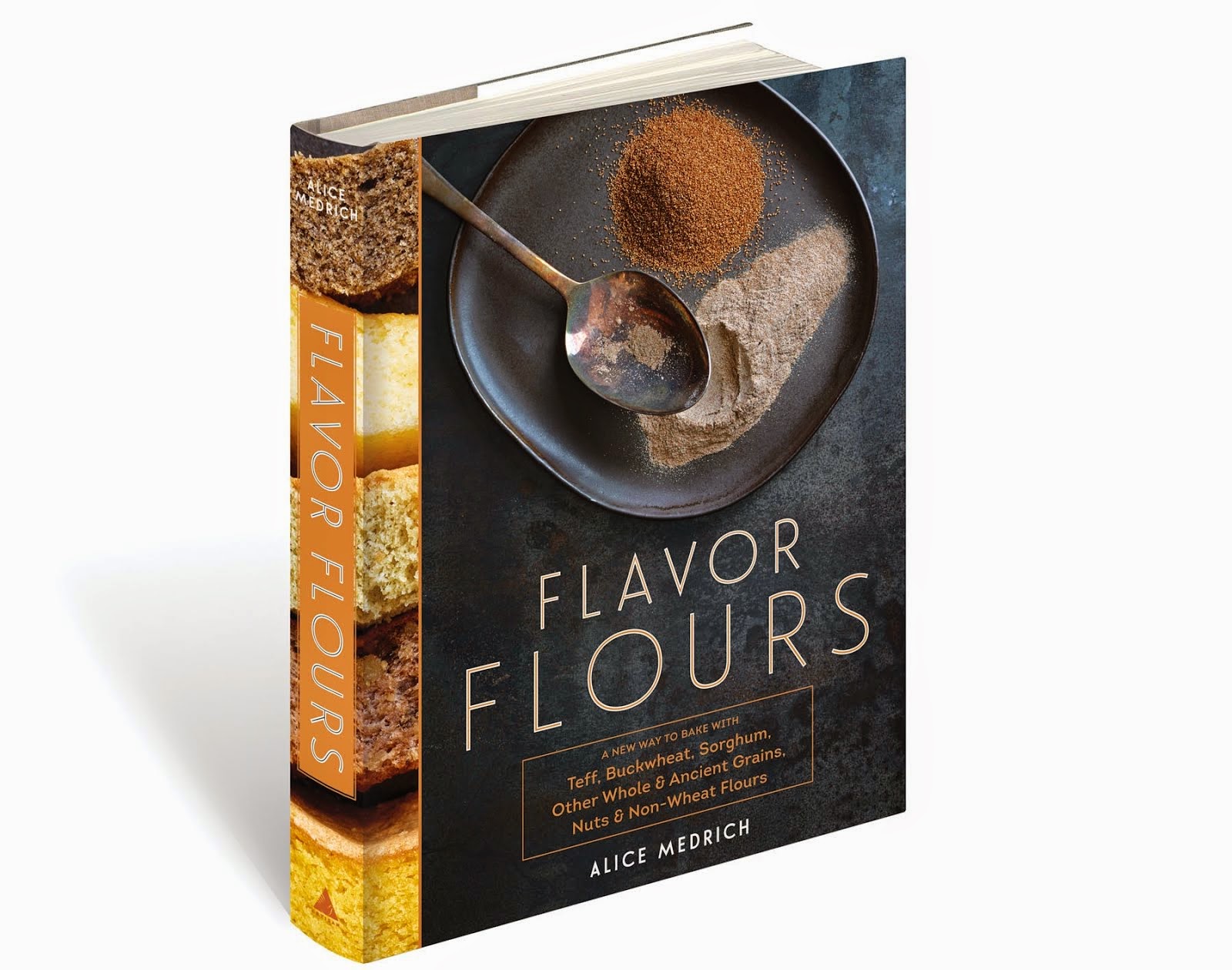About 10 years ago, the late Robert Steinberg (who, with John Scharffenberger, founded Scharffen Berger Chocolate Maker) called to ask if I wanted to come over that evening and taste the first samples of what would later become Scharffen Berger natural cocoa powder. I did. I suggested that Alfred Peet join us. Neither John nor Robert knew Alfred and I relished the idea of introducing the man who changed coffee in America to a couple of new guys that I knew (even then) would change chocolate. Alfred, the late founder of Peet’s Coffee, was well over 80 at the time. When I phoned him, he said,“I’m just back from Holland, too jet lagged to drive to San Francisco”. I took a chance and said, “what if I drive?”. He never hesitated, “what time should I be ready?”
In Robert’s kitchen that night, I introduced the elder game changer to the two up-and-coming. I was the only female watching these boys figure each other out, joke with each other, and eventually find common ground, and even show a little respect. I had a wonderful time and left with the guy what brought me, that is, the guy that I brought… Memorable evening.
Ultimately Scharffen Berger cocoa was memorable too: aromatic, chocolaty, fruity, filled with a range of complex flavors. Because it was such a pleasure to work with, I began to pay careful attention…
I started to notice that simmering or boiling seemed to destroy some of its bright fruity flavors and sometimes produced unpleasant flavor notes. For that reason, my recipes for cocoa frosting and cocoa sauce call for heating but no simmering. Lately I’ve wondered if some of my older recipes, like Sicilian Gelato or chocolate pudding, would be improved by not boiling the cocoa.
So I tried the gelato without letting the cocoa simmer: I simmered the base mixture (Straus organic milk, sugar, and cornstarch) just enough to eliminate the raw starch flavor. Then I whisked the base into the cocoa at the very end. I was rewarded with better, brighter, and more complex cocoa flavor. That recipe was good before, and now it’s better. If you try it, remember that home made ice creams have no gums or additives to keep then from freezing rock solid. Once frozen, you will need to soften the gelato slightly in the microwave or fridge before scooping and serving. Then again, if your gang is available at the critical moment, this stuff makes irresistible soft-serve, right out of the machine. You’ll end up eating plenty that way, so be happy it’s relatively guilt free.
CHOCOLATE SICILIAN GELATO REDUX
Sicilian gelato contains no eggs or cream; it’s made with milk and thickened ever so slightly with starch to give it creaminess and body. When it’s done properly and with good ingredients, it is satisfying and flavorful and refreshingly not-too-rich. It’s simple and delicious, and I often like it better than richer and fancier ice creams.
Ingredients:
2.4 ounces (3/4 cup) unsweetened natural (my preference) cocoa powder
3 cups milk (whole, low fat or nonfat!)
4.6 ounces (2/3 cup) sugar
1 1/2 tablespoons cornstarch.
1/8 teaspoons salt
Equipment:
Ice cream maker
In a medium large bowl, whisk the cocoa with just enough of the milk to form a smooth loose paste. Set aside, near the stove. In a medium saucepan, mix the sugar with the cornstarch and salt. Whisk in enough of the remaining milk to form a smooth paste. Whisk in the rest of the milk. Cook over medium heat, stirring constantly with a silicon spatula or wooden spoon, scraping the sides, bottom and corners of the pan to avoid scorching, until the mixture thickens and bubbles a little at the edges. Continue to cook, stirring constantly, for two minutes longer. Scrape the mixture over the cocoa paste. Whisk until thoroughly blended. Let cool. Cover and chill several hours or overnight. Freeze according to the instructions with your ice cream maker. Note: the mixture is thick to begin with and may take less time than average time in the ice cream maker. Makes about 1 quart.
POSTSCRIPT: Just to muddy the water a little, just to prove that “consistency (really) is the hobgoblin of small minds” (apologies to Ralph Waldo Emerson) and that logical conclusions are not always logical, when I tried my best chocolate pudding recipe without boiling the cocoa, it wasn’t as good as the original. What’s good for the gelato is not good for the pudding? Go figure!
















